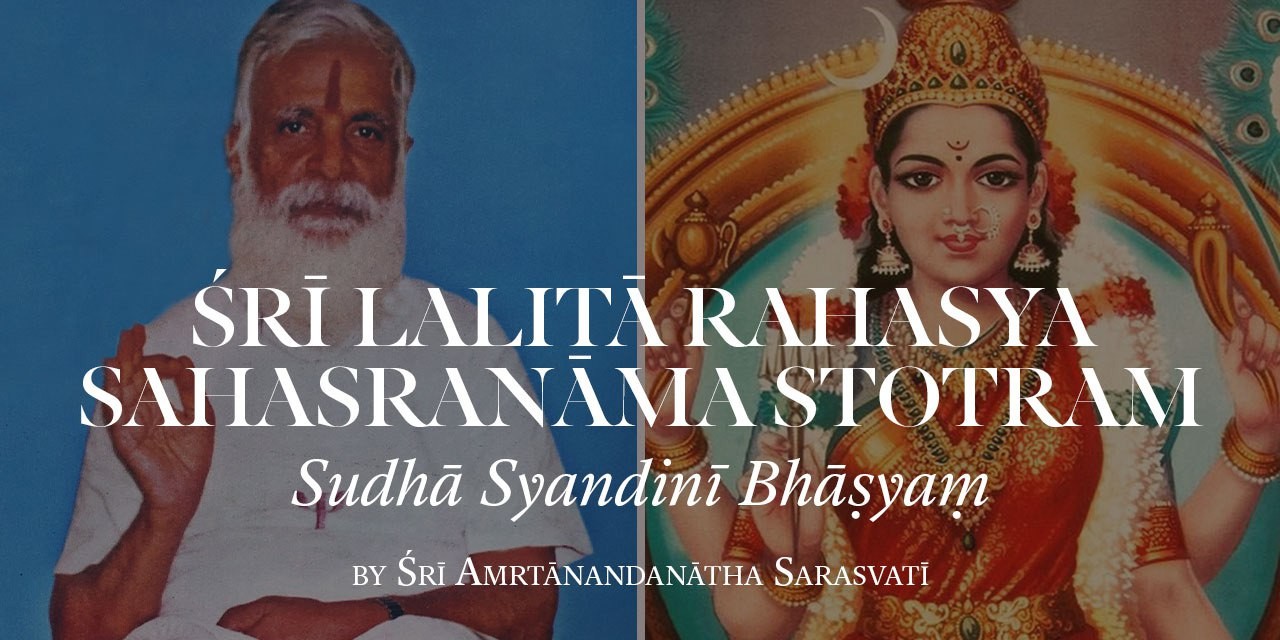
53) Śivā
She is the wife of Śiva. Śiva means time, suspiciousness, lovability. Śiva is the root cause behind causes, hence He is said to exist in all the wombs. Child is the effect and womb is the cause. Thus the cause effect relationship is (interestingly) described as the coupling between the male symbol and the female symbol. The coupling between cause and effect is shown explicitly as coitus. The effect (the seed) become another cause (the liṅga) or another effect (the womb the child). The cause and effect can interchange roles. The cause effect relationship orders time into preceding and succeeding instants of time. The world knows no peace until every female and every male find their partners to couple. Thus Śiva (the erect male symbol) is always after peace which he finds in the satisfying contact with Śakti (the female vagina). Only in the orgasmic bliss all desires come to an end, and desire itself gets controlled. This orgasmic bliss is known as a micro instance of the liberated state, which corresponds to the bodyless state. In an orgasm, both the male and the female literally lose their separate identities, and merge into the ejaculation. The yoga samādhi is such a state of desirelessness prolonged into a continuous, unending orgasm, where nothing matters except to remain in that state of a peak life experience. While proclaiming that brahmānanda is the equivalent of 10 blissful moments of a healthy male, Taittirīya Upaniṣad makes no secret of the nature of this bliss. It defines in no uncertain terms, "Ānandam iti upāsthe", meaning, one should meditate on Brahman as the joy in the genitals. She is the happiness therein.
Source: Śrī Amṛtānandanātha Saraswatī "Sudhā Syandinī Bhāṣyaṃ" Typed Manuscript
(an incomplete commentary on Lalitā Sahasranāma)
